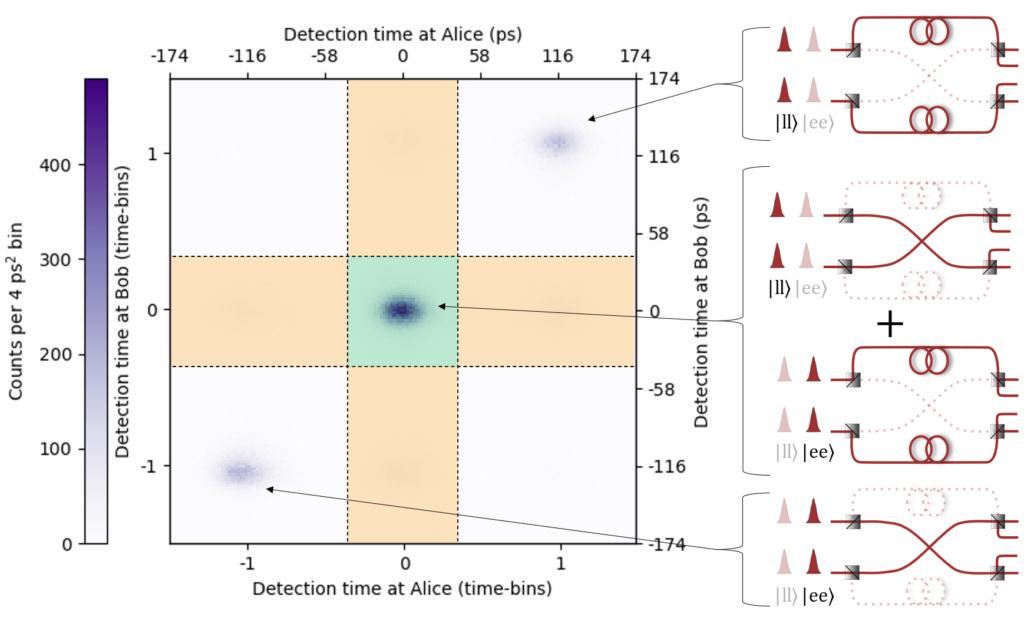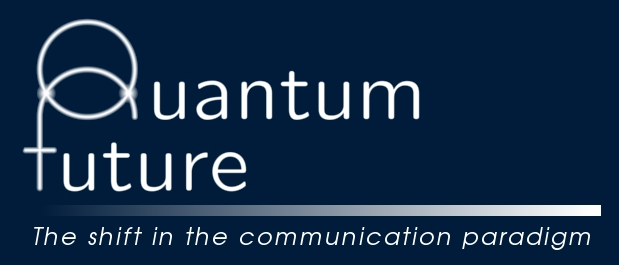
F. B. L. Santagiustina1,2, C. Agnesi2, A. Alarcón3, A. Cabello4,5, G. B. Xavier3, P. Villoresi1,2, G. Vallone1,2,6
Optica 11, 498-511 (2024)
DOI: 10.1364/OPTICA.499247
1Istituto Nazionale di Fisica Nucleare (INFN)—Sezione di Padova, Via Marzolo 8, 35131, Padova, Italy
2Department of Information Engineering, University of Padova, via Gradenigo 6/B, 35131 Padova, Italy
3Institutionen för Systemteknik, Linköpings Universitet, Linköping 581 83, Sweden
4Departamento de Física Aplicada II, Universidad de Sevilla, E-41012 Sevilla, Spain
5Instituto Carlos I de Física Teórica y Computacional, Universidad de Sevilla, E-41012 Sevilla, Spain
6Dipartimento di Fisica e Astronomia, Università di Padova, via Marzolo 8, IT-35131 Padova, Italy
Time-bin (TB) and energy-time (ET) entanglements are crucial resources for long-distance quantum information processing. However, their standard implementations suffer from the so-called post-selection loophole that allows for classical simulation and thus prevents quantum advantage. The post-selection loophole has been addressed in proof-of-principle experiments. An open problem though is to close it in real-life applications based on integrated technologies. This is especially important since, so far, all integrated sources of TB and ET entanglements suffer from the post-selection loophole. Here, we report post-selection loophole-free certification of TB or ET entanglement in integrated technologies, by implementing in a silicon nitride chip the “hug” scheme [Phys. Rev. Lett. 102, 040401 (2009) [CrossRef]] and certifying genuine TB entanglement through the violation of a Bell inequality.
